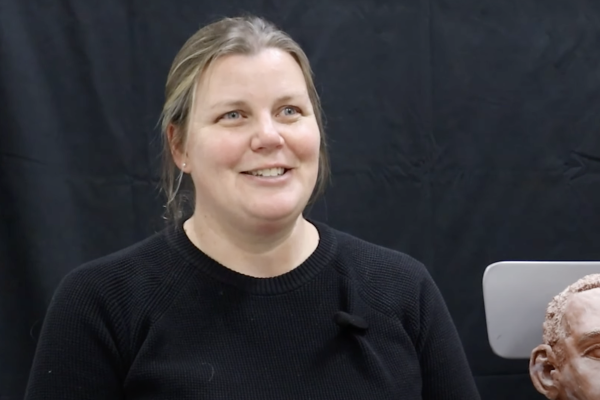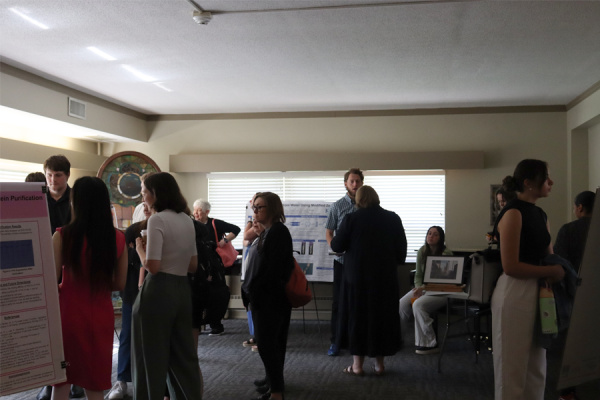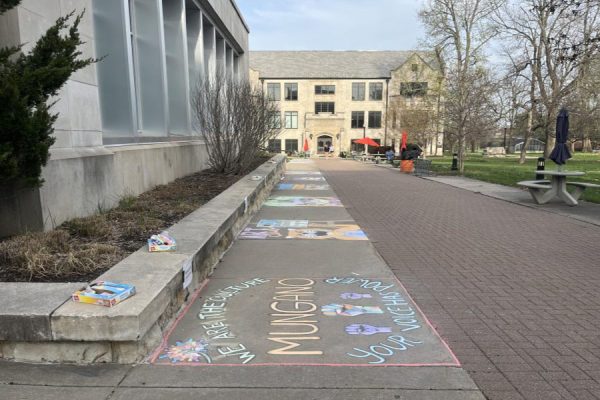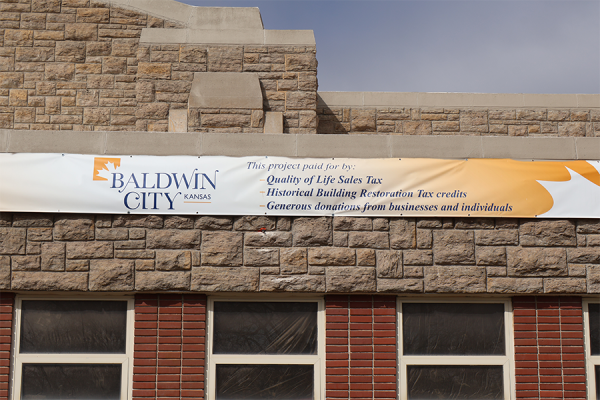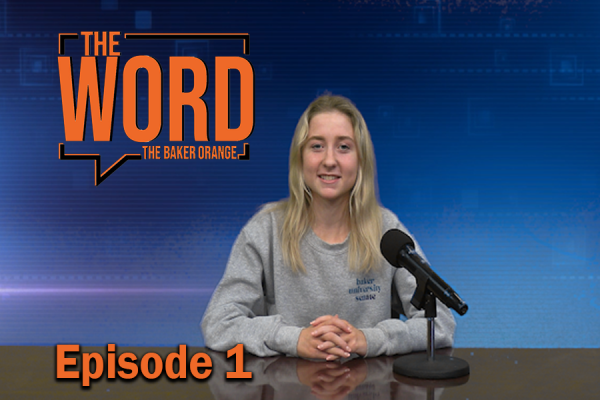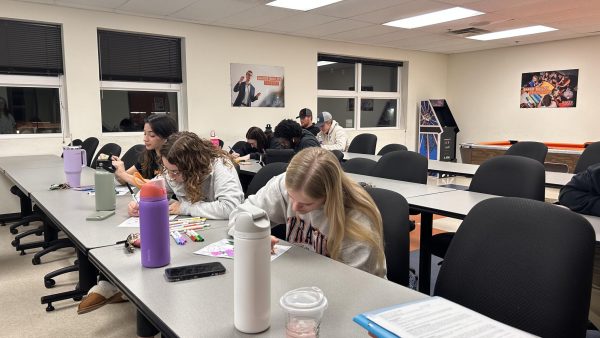Powering through the sophomore slump
The sophomore slump. Connected with exhaustion, low GPA’s and lack of motivation, it wreaks havoc on entire campuses. This year is no different, but there is hope in defeating the slump and making it to junior year.
Sophomore Carrington Ream has had a rough experience with the slump this year.
“After freshman year I felt great. My classes seemed straightforward and I did well,” Ream said. “[Then] sophomore year came and everything was harder. My classes picked up quite a bit and I felt very overwhelmed. The excitement I felt as a freshman was gone and unlike being a junior or senior, the finish line is so far away so it is hard to stay motivated.”
Sophomore Andrew Dau may not have experienced the slump first-hand, but he has seen its effects in various ways, the most significant of which is through grades.
“Sophomores aren’t getting attention like they were freshman year. As a result, they are often left to their own devices and grades usually suffer,” Dau said. “I also see it as a time where people are figuring out their lives and the slump can hit them socially.”
Sophomore Nico Kenney hasn’t been hit by the slump too hard yet but has still seen what it can do. Kenney sees the slump as an important learning experience despite the side effects.
“Sophomore year can feel overwhelming as you get into tougher classes within your major, but you have already been at Baker for a year so you feel more relaxed than freshman year,” Kenney said.
Although the sophomore slump has its learning advantages, Dean of Students Cassy Bailey has taken on the task of combatting it. After reading “Helping Sophomores Succeed” by Mary Stuart Hunter, Barbara F. Tobolowsky and John N. Gardner, Bailey noticed that there are strategies that allow for the pains of the sophomore slump to be alleviated.
“Baker does a really nice job with freshmen retention. I think it is because we have the salon classes and all the stuff we do for our freshmen,” Bailey said. “Sophomore year gets really hard because those things are gone.”
Although Baker typically has high retention rates, Bailey noticed that the retention rates for this year’s sophomore class were different compared to those of the surrounding classes. From the Fall of 2016 to the Spring of 2017, Baker’s freshmen class had a retention rate of 88.2 percent. The current freshmen have a retention rate of 93.0 percent. This significant difference between percentages raised questions that Bailey intends to answer.
“I have asked sophomore students to come in for 30-minute conversations about their sophomore year,” Bailey said.
In these interviews, students discuss how their year is going and what issues they are going through. Bailey also utilizes this time to remind students of the resources that are available to them. This method allows for problems to be caught before they escalate.
As much as she tries though, Bailey cannot fully remove the sophomore slump from Baker’s campus. A person’s sophomore year brings harder classes and big decisions, neither of which are avoidable.
“The sophomore slump is just real,” Bailey said.
Bailey has also posted a page on Baker’s website that explains the signs of the slump and a list of resources that can help with the issue.

Halle is the current Editor-in-Chief and calls Mound City, KS home. She is a senior majoring in Mass Media with an emphasis in Public Relations. She also...





